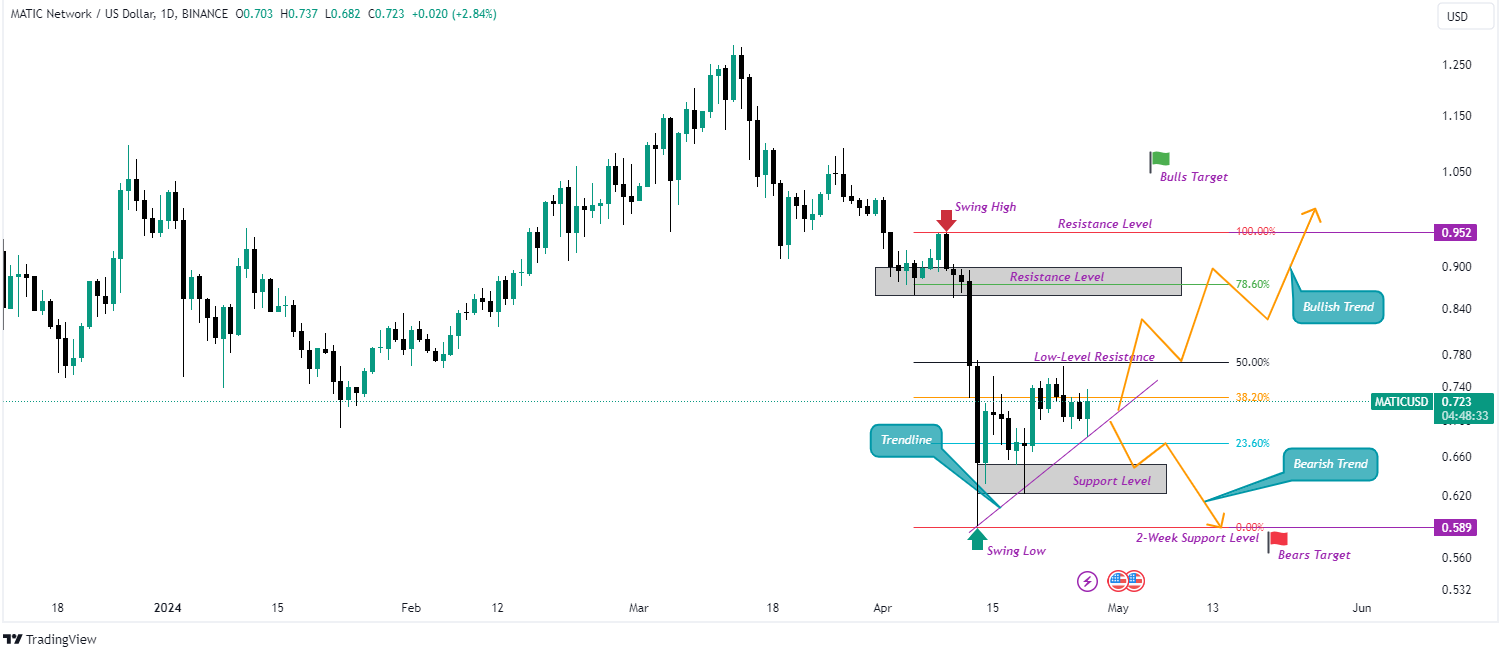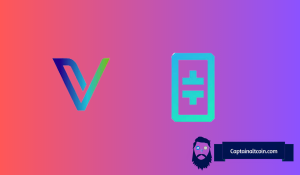Three Major Blockchain Themes to Watch Out For in 2024
In every bull cycle in the crypto market, a few investment themes always drive the market. These themes usually target eliminating pain points in the industry or bringing about wider adoption. They get the most venture capital allocations and usually mint the next class of crypto millionaires. In December 2019, Ryan Selkis, the CEO of Messari Crypto, released a document titled “Crypto Theses for 2020”, where he made bold predictions of what theses he believed would drive the crypto market in 2020. Most of them went on to be winners, like decentralised finance projects, layer one blockchains, yield and staking protocols, and decentralised autonomous organisations, returning 4-digit multiples in most cases for early investors. Ever since, the treasure hunt has continued mainstream, with many crypto investors scouring through research to find the next bull market catalysts before everyone else does and getting in early to ride the wave to riches.
2024 Themes
Crypto has indeed come a long way. It has had a widely successful ride from a humble $185 billion in early 2020 to $3 trillion in late 2021. This growth has been driven by ever-changing yet innovative narratives as the industry continues to disrupt traditional finance. This year, we have identified three dominant themes that will supercharge the next market expansion phase. They are interoperability infrastructure, cross-chain interactions, and wallet services. Let’s take a dive into them.
Interoperability Infrastructure
The fundamental issue of fragmented liquidity across decentralised financial markets has been one that has plagued the industry for so long. It is also one that has been actively worked on, given its limiting impact on capital efficiency and user onboarding. Deep in their infrastructural frameworks, blockchain networks lack the interoperability to support extensive worldwide adoption and developer integration. Assets are technically localised in individual blockchains, making cross-chain communication rather difficult or, as some critics say, inherently broken. This is exactly why we believe that protocols that successfully build bridges to connect major blockchains will be strong winners this season.
Router Protocol and Rootstock have emerged as frontrunners in this frontier. Router is an innovative decentralized network built using the Cosmos Software Development Kit with a mission to help blockchains understand and interact with each other. Earlier this year, it rolled out its Testnet Mandara as a home for interoperable decentralized applications (idApps). On Mandara, infra-level flexibility, modular security, and transaction batching were brought to its core cross-chain transaction routing. Just last month, it updated its flagship product, Voyager, to Router Nitro across 17 EVM (Ethereum, BNB Chain), non-EVM (Near, Tron), and zK-EVM chains (Polygon, zKsync) with extra levels of security, compatibility, decentralisation, and cost efficiency. Safe to say Router is a pioneer in this groundbreaking field. Rootstock has made remarkable progress, too. Rootstock describes itself as an omnichain interoperability protocol designed to enable dApps to build across multiple blockchains. Through its product, Rootstock has enabled cross-chain transfers with unified liquidity and instant finality. Backed by major investors, it supports multiple chains, helping them connect and utilise the Bitcoin blockchain. The protocol uses ultra-light nodes to connect dApps across chains, simplifying development and enhancing scalability.
Cross-chain Interactions
The current progression of Web3 closely resembles the early 2000s mobile revolution, marked by a surge in interest and rapid uptake, signaling a significant change in our methods of connection and interaction.
Yet, embracing Web3 requires navigating a complex learning path, including understanding cross-chain transactions, token basics, and the intrinsic value of various projects. Despite increased awareness, 46% of non-users point to a lack of understanding of the technology as a major barrier to entry, with 27% uncertain about how to begin their Web3 exploration.
Given these hurdles, it’s crucial to concentrate on a key element of Web3 – Cross-chain Interactions. These interactions, central to a flourishing Web3 ecosystem, enable smooth transactions and transfers across diverse blockchain platforms.
Router Cross-chain Intent Framework (CCIF) aims to make cross-chain transactions simple and efficient, similar to how social media apps have streamlined digital communication. It allows users to easily perform complex blockchain operations like staking, lending, or swapping assets. Router CCIF has the potential to broaden the opportunities by enabling interactions across multiple blockchains, making activities like yield farming or trading NFTs on various platforms accessible to everyone, regardless of their technical expertise in blockchain. Additionally, Router CCIF is designed for future innovations, potentially integrating with technologies like AI and IoT for new applications in smart city development, healthcare, and more. The framework also offers streamlined tools for developers, making it easier to create new applications by building upon existing contracts.
Custodial and Non-Custodial Wallet Services
FTX in 2021, Electrum in 2018, Trezor, Trust Wallet, Metamask earlier in the year, and Ledger last week, the custody headache continues. “Not your keys, not your coins” versus “Your keys, your coins, maybe.”
At first, the argument for non-custodial wallet providers was that you no longer needed to blindly trust centralized platforms, but instead, you could now guard your coins yourself by securing your keyphrase. However, for all the stress it brings having to primarily protect your digital assets, the recurring exploits and compounding risks are worrying. One cannot memorize a 12-word seed phrase, navigate complex APIs, and continuously avoid phishing attacks only to have their wallets compromised because of some erroneous bug. It’s just not a fair trade. Nonetheless, we do not expect users, especially DeFi traders, to ditch self-custody options. We only predict that the non-custodial wallet services with stellar security records providing some form of insurance will win going forward. Custody options do not just need to get better; industry veterans need to do a better job educating newcomers. Crypto wallets must also become beginner-friendly and easier to use than PayPal or Apple Wallet while being equally secure, if not more secure, than traditional bank apps.
For users who do not care so much for self-custody, Binance’s Web3 wallet has proven to be a great choice. It easily connects with DeFi and is a great way to navigate CeDeFi integrated services. Komodo also has a pretty cool service that doubles as a cross-chain DEX and a self-custody wallet. Komodo’s added advantage of access to cross-chain liquidity (interoperability) makes it a great option, too. Other good options also exist, like Blockchain.com, Exodus, and cold storage options (most suitable for institutional and long-term retail investors).
Furthermore, with the emergence of digital asset ETFs, institutional custody services could become a highly lucrative niche. So far, Coinbase is winning with over 80% of the market share as it provides services to the likes of Grayscale, Ark, Bitwise, and Valkyrie.
The broad investment themes of interoperability, gaming, and custody indeed look like potential winners in the slowly waking bull market, as they eliminate barriers in mainstream adoption and protocol integration. Obviously, the drivers for the next market expansion will not be limited to these three themes. However, we believe that they will play a major role in pushing for greater heights for the industry.






